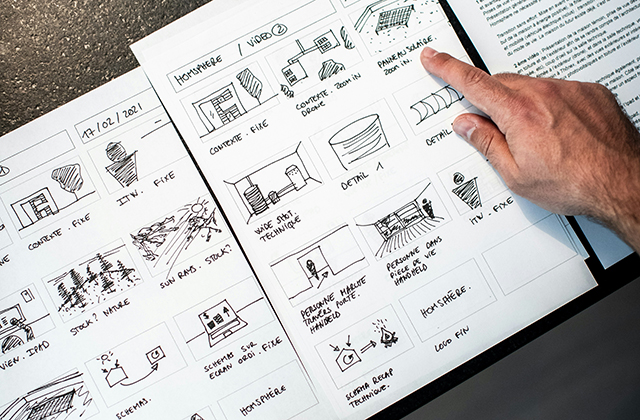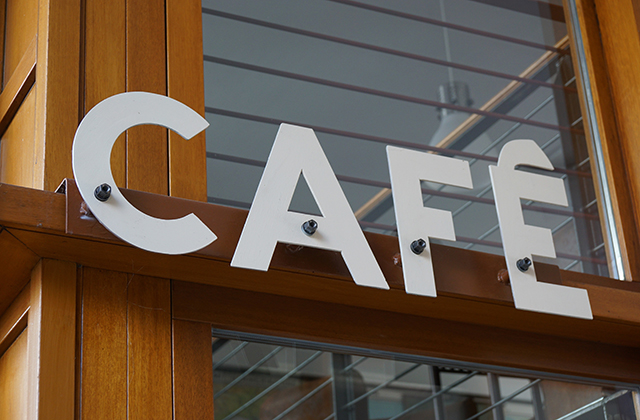In the real estate industry, finding a closing gift that is both meaningful and memorable can be a challenge. Many agents opt for standard presents like wine, gift baskets, or dinner vouchers, but these gifts often lack a personal touch. A custom house portrait closing gift, however, stands out as a deeply sentimental and lasting token of appreciation.
For clients embarking on a world tour—whether for leisure, work, or a new adventure—leaving their beloved home behind can be an emotional experience. A house portrait closing gift serves as a cherished reminder of their past, a symbol of stability, and a connection to their home, no matter where they travel.
This article explores the emotional and practical significance of a house portrait closing gift, particularly for clients traveling extensively, and highlights how Sydney watercolor house portrait closing gifts have become a unique and sought-after option in the real estate industry.
The Emotional Value of a House Portrait Closing Gift
1. A Nostalgic Connection to Home
For many homeowners, a house is more than just a physical structure—it is a place filled with memories. Whether it’s the front porch where they sipped morning coffee, the backyard where they watched their children play, or the cozy living room where they spent holidays, every corner of a home holds sentimental value.
When clients leave their home behind to travel the world, a house portrait closing gift allows them to carry a visual representation of those cherished moments. The intricate details of a hand-painted portrait evoke nostalgia and keep the emotional bond alive, even when they are thousands of miles away.
2. A Personal and Thoughtful Gesture
Unlike generic gifts, a custom house portrait shows thoughtfulness and effort. It demonstrates that the real estate agent understands and values the emotional significance of the home to the client. This level of personalization fosters long-term relationships and enhances the chances of client referrals in the future.
Many real estate agents in Australia are recognizing the impact of personalized gifts, with Sydney watercolor house portrait closing gifts gaining popularity as a sophisticated and heartfelt option.
A House Portrait as a Travel Companion
1. A Portable Piece of Home
For clients traveling the world, having a tangible reminder of home can provide comfort. While they may have digital photos, a professionally created house portrait holds more meaning as a work of art that captures the essence of their home in a way that photographs cannot.
Framed prints of house portraits can be displayed in hotel rooms, rental homes, or even carried in a travel journal. The familiar sight of their former residence can make distant locations feel more connected and less foreign.
2. A Gift That Fits Any Lifestyle
Whether clients are traveling for business, leisure, or retirement, a house portrait fits into any lifestyle. Unlike bulky gifts that may be impractical for travelers, a watercolor portrait is lightweight and easy to transport, making it a versatile and convenient keepsake.
Many real estate agents now offer Sydney watercolor house portrait closing gifts in different sizes to cater to traveling clients. Some opt for smaller framed versions or even digital copies that can be printed on demand, ensuring that their gift remains practical and meaningful.
How House Portraits Strengthen Real Estate Agent-Client Relationships
1. Creating Long-Term Brand Awareness
One of the greatest challenges for real estate professionals is staying top-of-mind with past clients. A well-thought-out closing gift, such as a house portrait, serves as a subtle but powerful marketing tool.
Every time clients look at their house portrait, they are reminded of the real estate agent who made their home-buying or selling experience special. This emotional connection increases the likelihood of repeat business and referrals.
2. Differentiating from Competitors
In a competitive market, offering unique and meaningful gifts sets a real estate agent apart from others. While many agents rely on standard closing gifts, those who invest in Sydney watercolor house portrait closing gifts establish themselves as professionals who go the extra mile for their clients.
The uniqueness of a house portrait not only enhances the client experience but also makes a lasting impression that standard gifts cannot achieve.
The Process of Creating a Custom House Portrait Closing Gift
1. Commissioning the Artwork
The process begins with high-quality reference photos of the client’s home. Real estate agents can either take the photos themselves or request them from the client. These photos serve as the foundation for the artist to capture the architectural details and character of the house.
2. Choosing the Medium and Style
House portraits can be created in various artistic styles, including watercolor, oil painting, digital illustration, and ink sketches. Among these, Sydney watercolor house portrait closing gifts have gained immense popularity due to their soft, timeless aesthetic and delicate detailing.
Watercolor house portraits are particularly cherished because of their ability to evoke warmth and nostalgia, making them ideal for clients who have an emotional attachment to their homes.
3. Adding Personalized Elements
To make the portrait even more meaningful, some artists offer personalization options such as:
- Including the family name or moving date in the artwork.
- Incorporating pets, favorite plants, or garden features.
- Creating a nighttime or seasonal version of the home to match the client’s preference.
4. Framing and Presentation
A well-presented house portrait enhances its impact. Agents can choose from a variety of framing options, ranging from minimalist wooden frames to high-end custom matting. Additionally, some agents include a handwritten note expressing gratitude for the client’s trust and partnership.
Why House Portraits are the Perfect Gift for Travel-Loving Clients
For clients embarking on a world tour, traditional gifts may be impractical. However, a house portrait provides:
- A sentimental reminder of home that can be displayed anywhere.
- A lightweight and portable keepsake that does not add travel burden.
- A unique, one-of-a-kind gift that holds emotional and artistic value.
Whether framed on a wall in a temporary home or carried in a travel journal, a house portrait serves as a grounding connection to home, making it the perfect closing gift for world travelers.
Conclusion
A house portrait closing gift is more than just a token of appreciation—it is a heartfelt gesture that clients will cherish for a lifetime. For those setting off on a world tour, a custom watercolor portrait serves as a portable reminder of their home, a nostalgic keepsake, and a lasting connection to their past.
With the rising demand for personalized and meaningful closing gifts, Sydney watercolor house portrait closing gifts have emerged as the perfect solution for real estate agents looking to make a lasting impact on their clients. Whether displayed in a future home or carried on their travels, this timeless keepsake ensures that no matter where life takes them, home is always close at heart. Very informative post of a perfect real estate closing gift.








